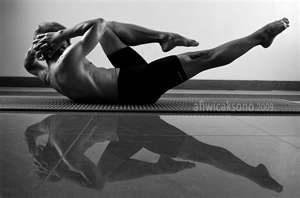- Flabby thighs?
- Pelvic floor dysfunction?
- Stress incontinence?
- Drooping buttocks?
- Protruding Stomach?
Core and pelvic floor conditioning and strengthening
“A tighter pelvic floor gives you a flatter tummy.”
What is the Pelvic Floor?
The pelvic floor is the base of the Core Muscles. The pelvic floor muscles located in the pelvis, stretch like a hammock from the pubic bone in the front, to the tail bone in the back and side to side. They help to support the pelvic organs, help to maintain bowel and bladder control and play an important part in sexual function and sensation. The pelvic organs are the bladder, bowel, uterus, vagina, and rectum.
What is Pelvic Floor Dysfunction?
Pelvic Floor Dysfunction refers to a wide range of issues that occur when muscles of the pelvic floor are weak, tight, or there is an impairment of the sacroilliac joint, lower back, coccyx or hip joint.
Symptoms of Pelvic Floor Dysfunction?
Pelvic pain, stress urinary incontinence caused by sneezing, coughing, laughing, leaking stool, exercise induced urinary leakage and other urinary problems such as incomplete emptying of the bladder. Urinary problems such as an urgent need to urinate just before losing a large amount of urine, overflow incontinence (unexpectedly leaking large amounts of urine due to a full bladder, painful urination, pain or pressure in the vagina or rectum).
When the Pelvic Floor Muscles are out of alignment, this creates dysfunction and pain.
The Pelvic Floor:
- Diaphragm.
- Transverse Abdominis (Deep Abdominal Muscle).
- Multifidus (Back Muscles).
- Sacrum Pubic Bone.
- Pelvic Floor Muscles (supports the pelvic organs, bladder, bowel and sexual function).







